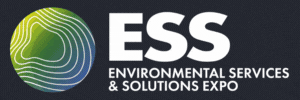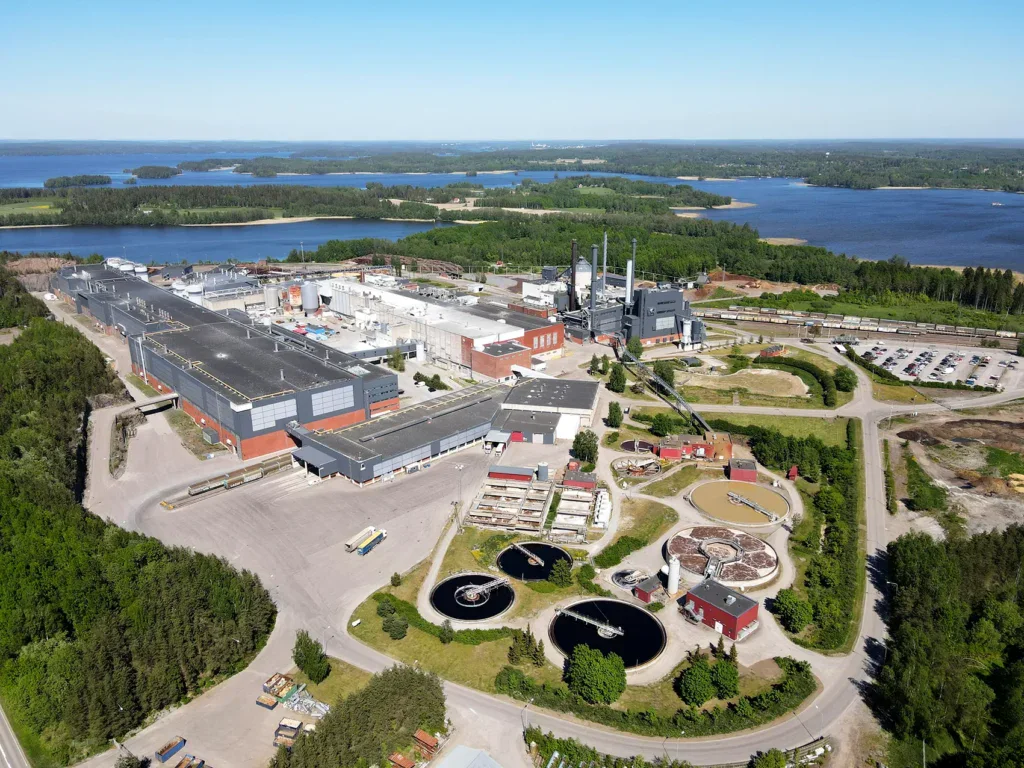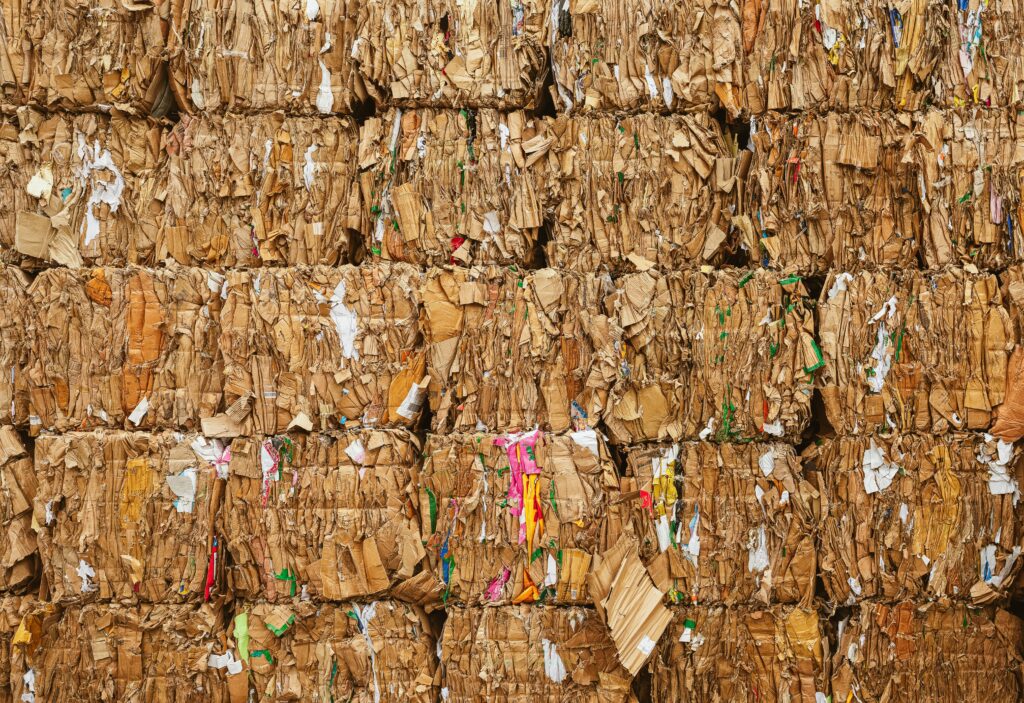Mr Prosser is UK business development and fibre procurement director, for DS Smith and he explained to local authorities that the recycling side of the company, in which he worked, had the role of procuring raw material for its paper mill in the UK. However, he commented that DS Smith is “primarily a packaging business.”

The size of the UK’s largest paper mill which is run at Kemsley, Kent is significant. Mr Prosser said that it had an annual input of over 925,000 tonnes of recovered paper every year, to three paper machines, PM3,4 and 6 and to produce 825,000 tonnes of various grades of paper.
And, of particular note for councils is that “275,000 tonnes sourced as mixed paper, largely from local authority collections or via a waste management partner.”
‘Changing world’
He then described how the market is developing. “We are in a changing world, there is the e commerce effect and more packaging is ending up in the homes with less volumes from retailers and more from local authority sources. This has made us think about the way we source our paper for recycling.”
Mr Prosser went on to claim that the recycling infrastructure isn’t designed for “what happens now” saying there “has been some quite chronic under investment in the UK’s waste management infrastructure in the past decade.”
On quality, DS Smith is now “mow more forensic in our approach”, he said. “It is clear that to us source separate collection gest us much higher quality than commingled sources.”
Referencing WRAP research on source segregation, Mr Prosser said “some comprehensive statistics had been put together at WRAP, which found that source segregation could mean a 7% increase to household waste recycling rates. It would mean £3m in reduced costs to reprocessors from not having to remove contamination from material.”

He emphasised: “Separate collections of paper and card provide the best solution to minimise contamination. Quality is becoming more prevalent, our own European mills input preference is source segregated material.”
And, he warned the local authority and private sector audience that the price had crashed for mixed paper “and this hasn’t got back to the levels we’ve seen in recent years.”
Contamination
Sarah Ottaway, sustainability lead at Suez, asked whether there was a relationship between prices and contamination. Mr Prosser reflected that “China was the dumping ground of the world and that has obviously changed.”
He said that the UK is an over-supply market, so material needs “to find a home somewhere, there’s just going to be too much paper in the market and prices are naturally going to decline.”
Mr Prosser added: “The rebate has a difference between commingled and sorted material. Commingled generates twice as much as contamination, few pounds per tonne for every contamination percentage point, will be the differential.”
And, he warned that “some commingled material simply can’t find a home.”








Subscribe for free